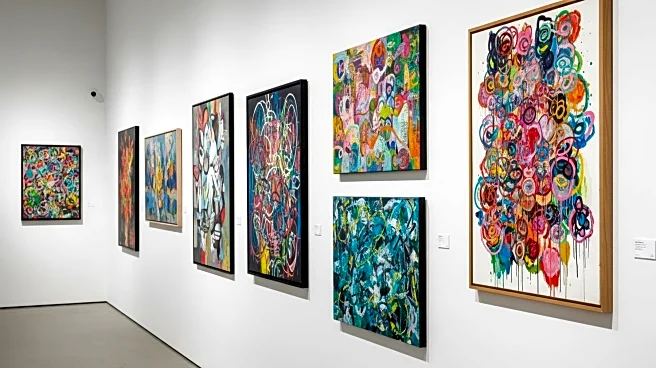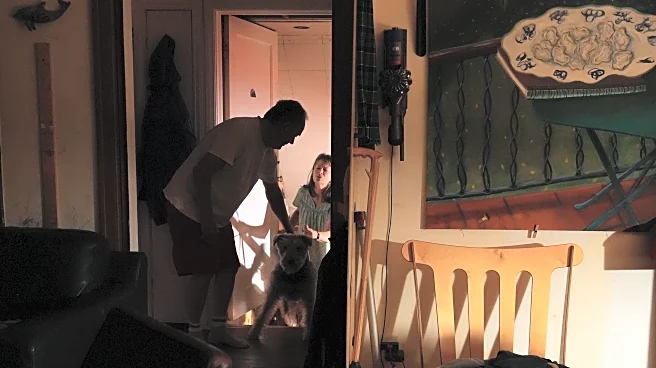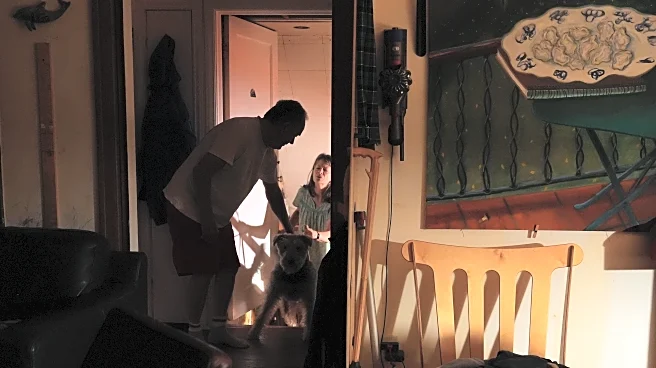What's Happening?
The Museum of Modern Art (MoMA) has partnered with Mattel, the renowned U.S. toy company, to launch a new line of merchandise that merges art with play. This collaboration, set to debut on November 11, includes a variety of products inspired by famous artworks and artists. Among the highlights are a Van Gogh Barbie, featuring a gown inspired by 'Starry Night,' and a reimagined Uno card game with designs by artists such as Sonia Delaunay and Henri Matisse. Additionally, the partnership includes miniaturized versions of iconic automobiles from MoMA's collection, such as the Citroën DS 23 Sedan and the Jaguar E-Type Roadster, transformed into Hot Wheels. This initiative is part of a five-year global design partnership aimed at making art more accessible and engaging for a broader audience.
Why It's Important?
This collaboration between MoMA and Mattel represents a significant intersection of art, design, and consumer culture. By integrating iconic artworks into popular toys and games, the partnership aims to introduce art to new audiences, particularly younger generations, in an innovative and playful manner. This initiative not only enhances the visibility of MoMA's collection but also underscores the museum's commitment to education and creativity. For Mattel, this partnership offers an opportunity to diversify its product offerings and strengthen its brand by associating with a prestigious cultural institution. The collaboration could potentially influence how art is perceived and consumed, encouraging a more interactive and personal engagement with cultural heritage.
What's Next?
As the launch date approaches, both MoMA and Mattel are likely to engage in promotional activities to generate interest and excitement around the new collection. The products will be available online and at MoMA Design Stores in New York and Japan, potentially expanding to other locations if successful. The collaboration may also inspire similar partnerships between cultural institutions and commercial brands, further blurring the lines between art and consumer products. Stakeholders in the art and retail industries will be watching closely to assess the impact of this initiative on consumer behavior and museum engagement.
Beyond the Headlines
This collaboration raises questions about the commercialization of art and its implications for cultural institutions. While the partnership offers financial benefits and increased visibility, it also challenges traditional notions of art as a purely aesthetic and educational experience. The integration of art into consumer products may lead to debates about the balance between accessibility and commercialization, as well as the role of museums in contemporary society. Additionally, the collaboration highlights the potential for art to serve as a bridge between different sectors, fostering creativity and innovation across industries.












